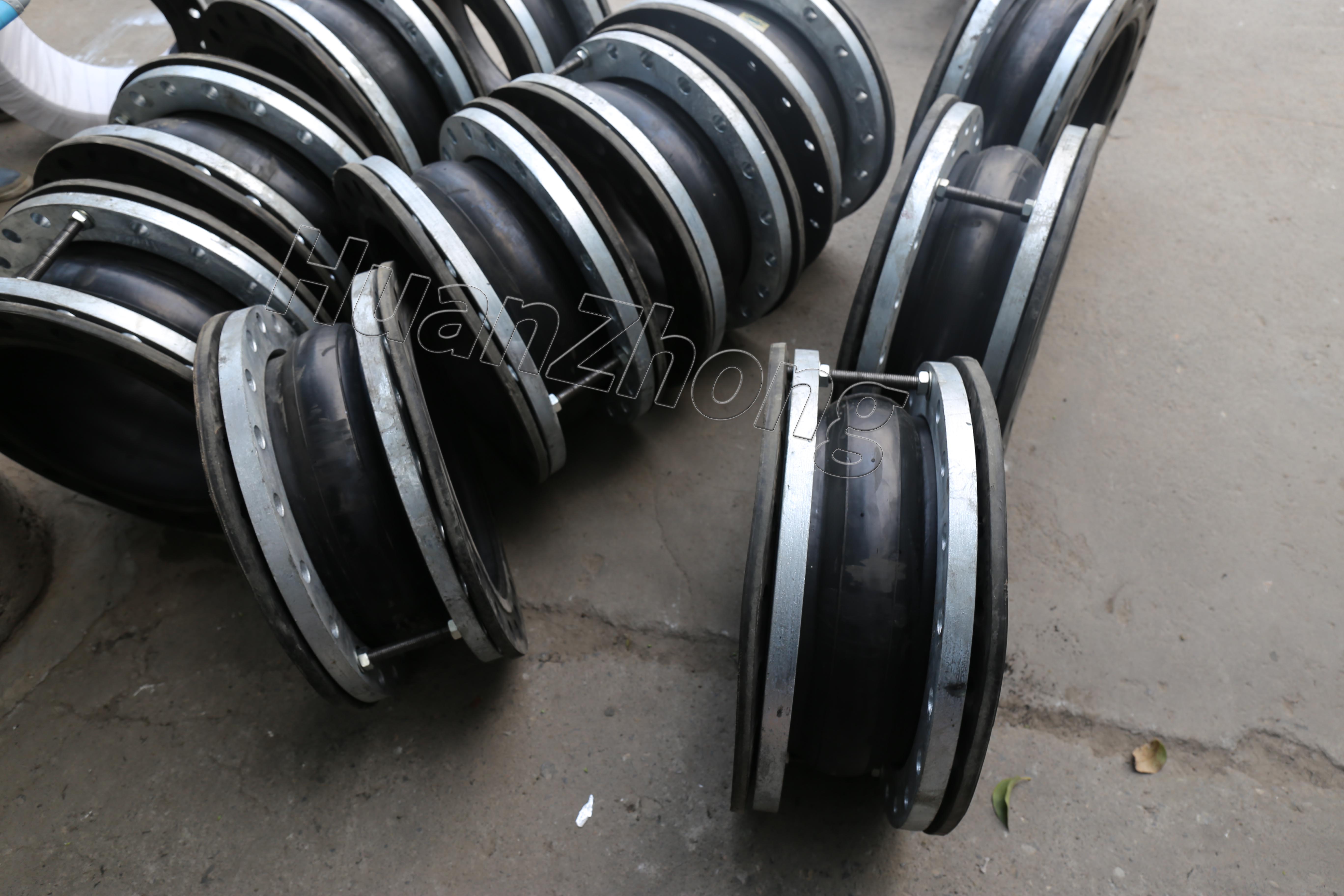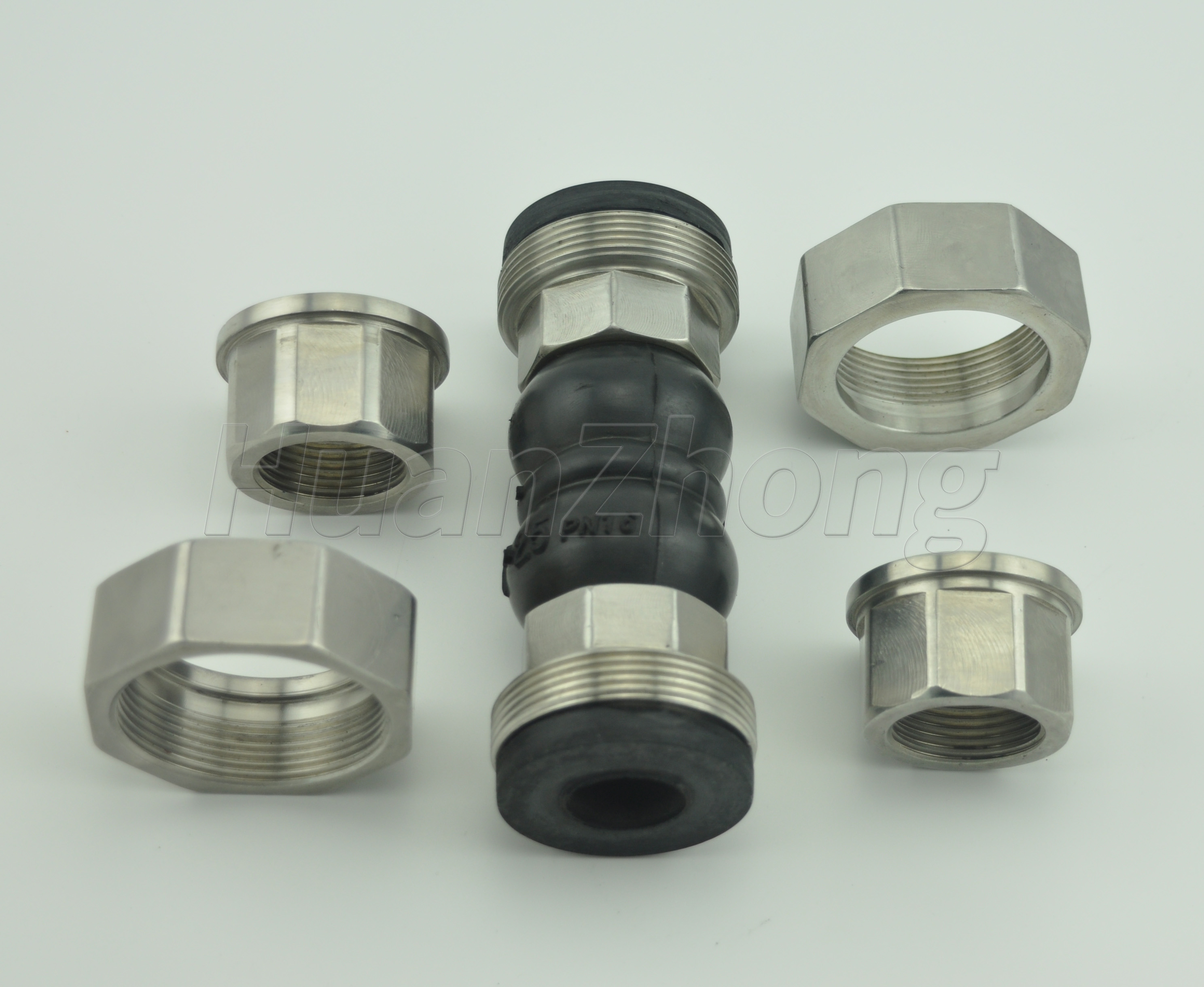The correct way to use threaded rubber joints
The correct way to use threaded rubber joints
The correct way to use threaded rubber joints can significantly improve their performance and longevity. A threaded rubber joint is a pipe connection that connects pipes through the threads in the rubber joint, allowing for quick closing and opening. However, improper use of threaded rubber joints can lead to many problems, including extended pipe life, reduced efficiency, increased noise, and pipe leakage. Therefore, the correct way to use threaded rubber joints is crucial.
The following are the proper ways to use threaded rubber joints:
1. Inspect the rubber joint before installation: The rubber joint must be inspected before installation to ensure that it is not damaged or worn. If the inner or outer layer of the rubber joint is found to be worn or damaged, it should be renewed in time.
2. Choose the right rubber joint: Choosing the right rubber joint is the key to using the threaded rubber joint correctly. When choosing rubber joints, factors such as their types, materials and specifications need to be considered. Different types and specifications of rubber joints are suitable for different piping systems and working conditions, so you need to choose the right rubber joint.
3. Installation position and way: Threaded rubber joints need to be installed correctly in order to give full play to their performance. When installing rubber joints, it is necessary to follow the correct methods and steps. For example, you need to fix the pipe on the ground before installation, put the rubber joint into the pipe in the right way, and make sure the inner and outer layers of the rubber joint match the pipe material.
4. Control the working pressure: The working pressure of the threaded rubber joint needs to be properly controlled. The working pressure of a threaded rubber joint depends on factors such as its type, specification and the material of the rubber joint. When using threaded rubber joints, you need to choose the proper working pressure according to the working conditions of the piping system.
5. Pay attention to maintenance and replacement: Threaded rubber joints need to be repaired and replaced regularly to ensure their performance. When repairing and replacing, you need to follow the correct methods and steps to do so. For example, when replacing rubber joints, you need to make sure that the inner and outer layers of the rubber joint are not damaged, as well as the correct replacement material.
By understanding factors such as rubber joint type, material and specifications, choosing the right rubber joint, installing it according to the correct methods and steps, as well as regular maintenance and replacement, you can ensure the performance and longevity of the rubber joint. At the same time, it can also reduce the cost of use and improve the efficiency of use.

